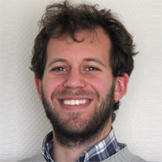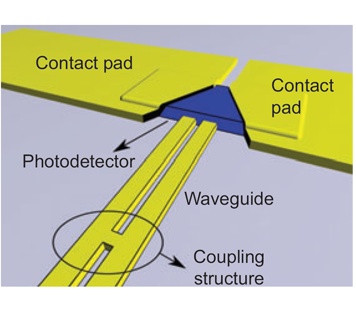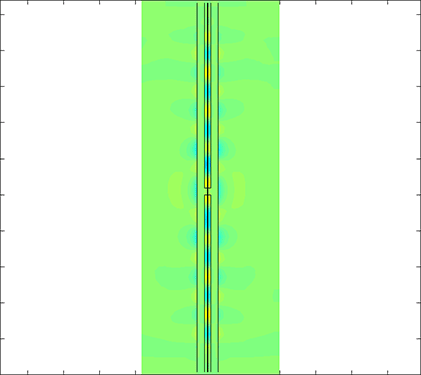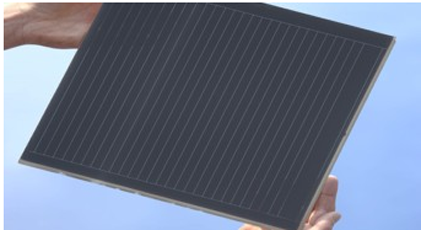 CUDA Spotlight: Pierre Wahl By Calisa Cole, posted Aug. 28, 2013 GPU-Accelerated FDTD Simulations for Applications in PhotonicsThis week's Spotlight is on Pierre Wahl, a PhD student at Vrije Universiteit Brussel. As a member of the Brussels Photonics Team (B-PHOT), he designs energy-efficient optical interconnects and works closely with the NVIDIA Application Lab at the Forschungszentrum Jülich. Pierre used CUDA to develop Belgium-California Light Machine (B-CALM), a GPU-accelerated Finite Difference Time Domain (FDTD) Simulator for applications in photonics. This interview is part of the CUDA Spotlight Series. Q & A with Pierre WahlNVIDIA: Pierre, in layman's terms, what is photonics? NVIDIA: What are some of the real-world applications? NVIDIA: What is B-CALM? FDTD is particularly useful for problems where the electromagnetic waves interact with objects that are the same order of magnitude in size as the wavelength. Those problems can be very computationally intensive, especially when simulating the interaction of electromagnetic waves with metals, which is at the core of my research. NVIDIA: How have GPUs helped you in your research? However, for optical interconnects to be competitive, optoelectronic components (modulators/photodetectors) have to have a very low electrical capacitance and must therefore be made very small. By using metals to guide and confine light (also referred to as plasmonics) optoelectronic components can have a size that is only a fraction of the wavelength and hence a very small electrical capacitance. To be able to design coupling structures to sub-wavelength plasmonic optoelectronic components, very detailed and computationally intensive electromagnetic simulations have to be performed and a very fine grid has to be utilized. Using our CPU FDTD code, we quickly ran into computational limitations. B-CALM was born by porting our FDTD code to GPUs using CUDA and we obtained an 80X speed-up. Simulations that used to run overnight now take only ten minutes. This speed-up allowed us to optimize plasmonic coupling structures iteratively, which we were not able to do before porting our code to GPUs.
NVIDIA: What types of parallel algorithms are being implemented? NVIDIA: Describe your partnership with the NVIDIA Application Lab at Jülich. NVIDIA: Tell us about the project with the Institute of Energy Research (IEK-5) at Jülich.
Simulating those effects required large broadband simulations, for which B-CALM running on GPUs proved to be the ideal tool. Although thin film solar cells are outside the scope of my research, it was exciting to see that the computing power of B-CALM and GPUs could be applied elsewhere. NVIDIA: Describe the system you are running on. NVIDIA: What approaches did you find the most useful for CUDA development? NVIDIA: What advice would you offer others in your field looking at CUDA? NVIDIA: What are the biggest challenges going forward? NVIDIA: If you had more computing power, what could you and your team do? NVIDIA: How did you become interested in photonics? Bio for Pierre WahlPierre Wahl received his B.S. degree in electrical engineering and the Erasmus Mundus M.S. degree in photonics from Vrije Universiteit Brussel, Brussels, Belgium, in 2007 and 2010, respectively. He wrote his Master's thesis at Interuniversity Microelectronics Center, Leuven, Belgium on high-frequency electrical voltage-controlled oscillators. Pierre joined the Miller Group, Stanford University, Stanford, Calif., as a Visiting Researcher from 2010 to July 2011. He is currently pursuing a PhD degree in electrical engineering at Vrije Universiteit Brussel (Brussels Photonics Team) on low-energy optical interconnects. His current research interests include optical interconnects and advanced simulation and optimization methods in nanophotonics. Relevant Links Brussels Photonics Team NVIDIA Application Lab at Jülich Publication on B-CALM Paper on Finite Difference on GPU Paper on Integrated Photodetectors Contact Info |


